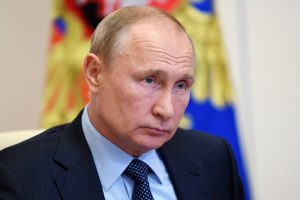In light of the recent setback in the general election, Prime Minister Narendra Modi’s government faces the urgent task of revitalising the Indian economy and addressing concerns expressed by voters. The Union budget to be presented next week is a crucial opportunity for the administration to address key issues such as job creation, income growth, and the rising cost of living, which have increasingly dominated public discourse. One of the central challenges for the Modi administration is the uneven economic growth and surging food prices that have strained household budgets across the nation.
By strategically utilising the record Rs 2.5 lakh crore dividend from the Reserve Bank of India, the government has an opportunity to increase spending without expanding the deficit, a move that can potentially stabilise the economy and provide muchneeded relief to the public. A significant portion of the budget is expected to continue the government’s emphasis on long-term infrastructure projects. Over the past three years, nearly doubling spending in this area has been a cornerstone of Mr Modi’s strategy to push economic growth and generate employment. The planned allocation of Rs 11 lakh crore for infrastructure projects this year underscores the government’s commitment to this approach. However, the success of these projects will depend on efficient implementation and addressing any bottlenecks that may hinder progress. The focus on promoting domestic manufacturing is likely to be a key feature of the budget.

Enhancing local procurement requirements and extending concessional tax rates for new manufacturing facilities are steps that could stimulate the sector, create jobs, and reduce dependence on imports. This focus on manufacturing aligns with the broader vision of making India a global manufacturing hub, a goal that, if achieved, could have far-reaching positive implications for the economy. Another critical area where the government is expected to take action is providing relief to the middle class. Despite being a consistent support base for Mr Modi, the middle class has seen limited direct benefits in recent years. Lowering personal income tax for certain categories could offer much-needed financial relief and reinvigorate consumer spending, which, in turn, would boost economic activity. The demands from regional allies and opposition-led states for increased funds pose a complex challenge. To balance these demands while ensuring fair and equitable distribution of resources will be crucial.
Preferential treatment could lead to discontent and claims of unfairness, potentially opening a Pandora’s box of further demands. An increase in interest-free long-term loans for infrastructure projects may be one way to address these concerns without exacerbating regional tensions. Furthermore, despite the pressures of increased spending, the government seems poised to manage its market borrowing effectively. By potentially reducing the gross market borrowing from the planned amount, the administration can signal fiscal prudence while still addressing critical spending needs. As the nation awaits the budget announcement, the hope is that it will bring a balanced and forward-looking approach to India’s economic recovery












